Advice
Showing 1 - 15 of 56
56 results found
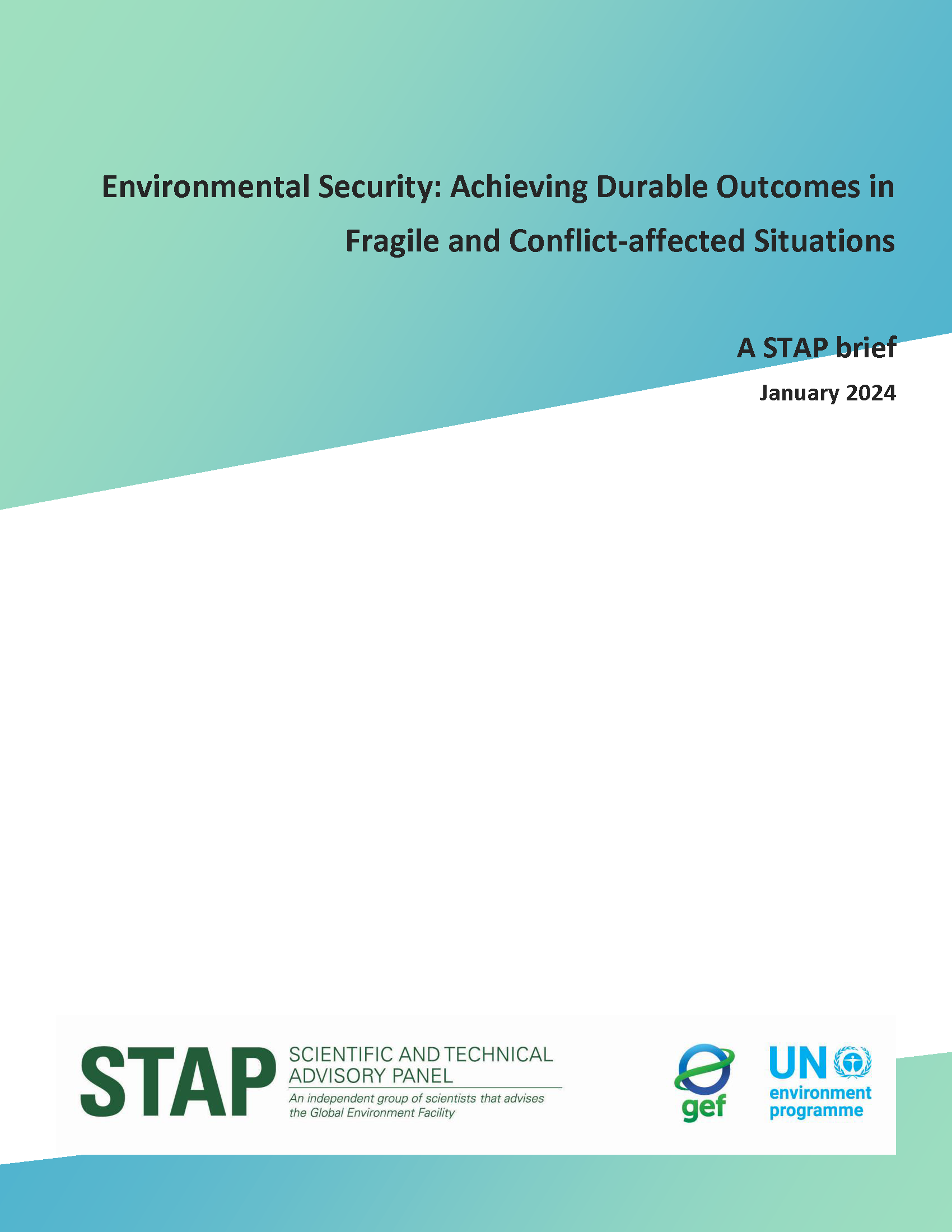
Many of the places facing the greatest environmental problems also confront challenges related to conflict and/or state fragility, so called fragile and conflict-affected situations (FCS), with implications for GEF project operations and outcomes. The GEF partnership has increased attention to FCS over the past decade, and the GEF Secretariat has committed to developing more tailored guidance for conflict-sensitive programming.
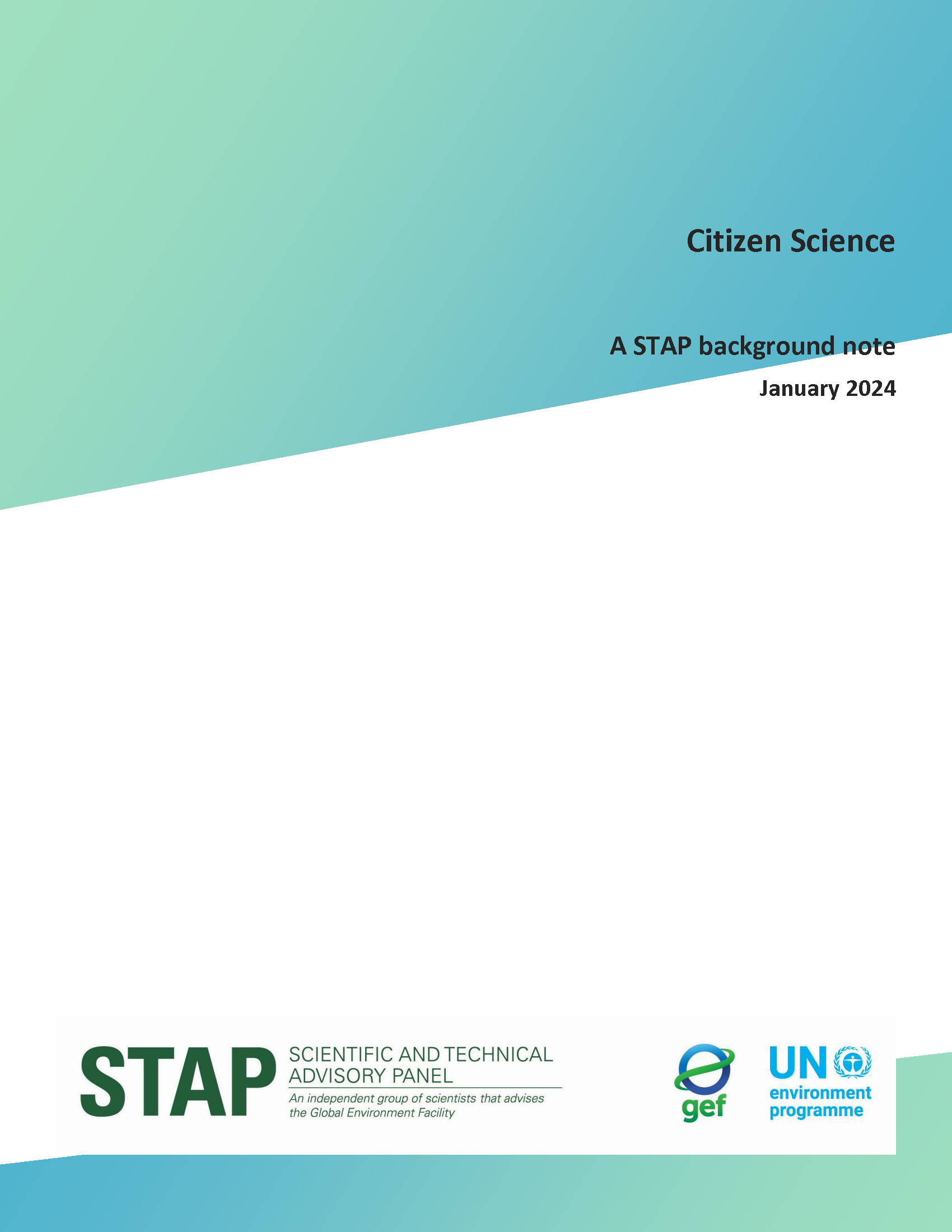
The rapid pace of global change requires a “whole-of-society” approach to harness scientific understanding to anticipate, adapt, and innovate in addressing environmental degradation, which can often be achieved more effectively if done in partnership with those outside professional and scientific circles.
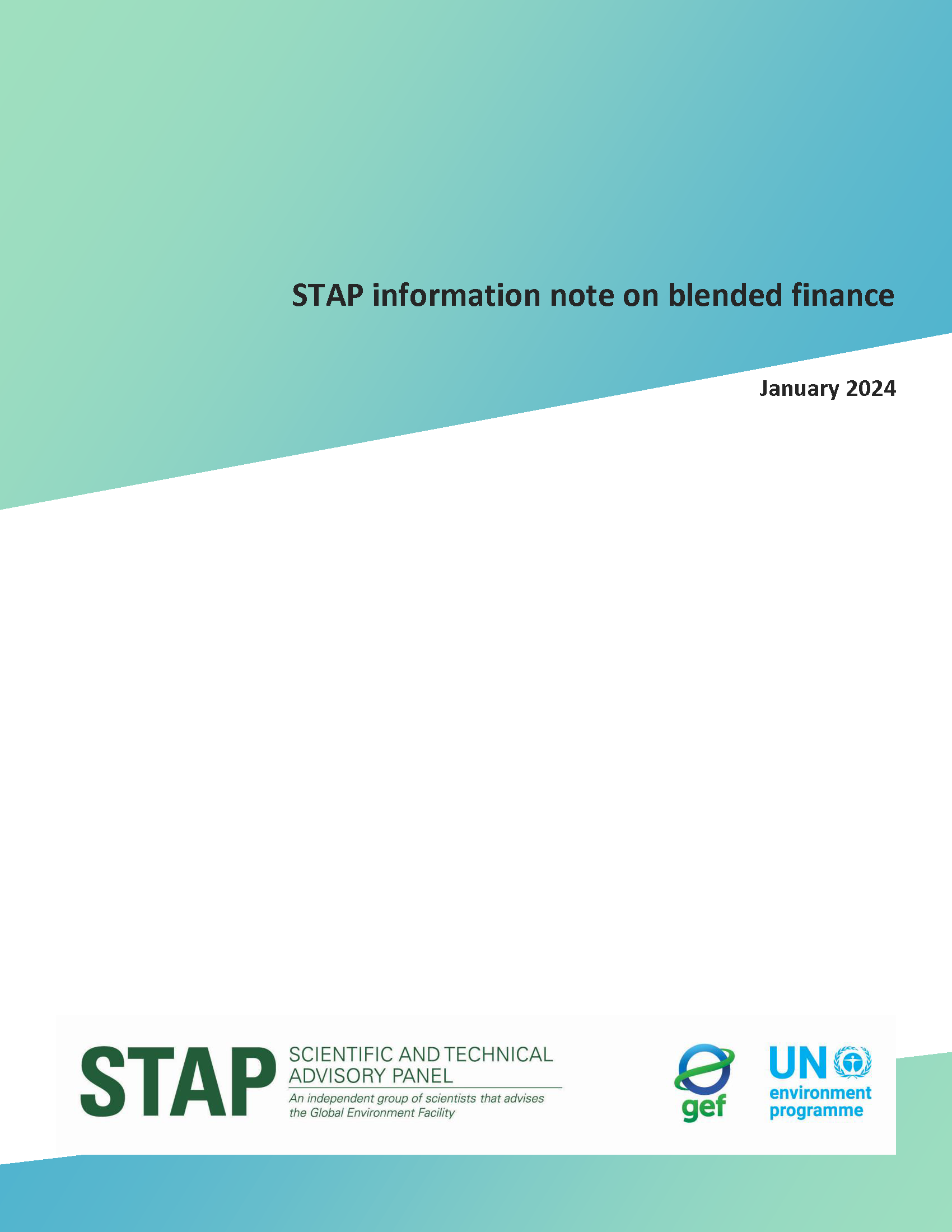
Global demand for sustainable development finance exceeds available public funding many times over, placing increasing expectations on the GEF to attract private capital for global environmental benefits. Early GEF investments focused on climate change mitigation areas, including renewable energy and energy efficiency. More recently, the GEF has ventured into environmental and nature related sectors, such as biodiversity and land management.
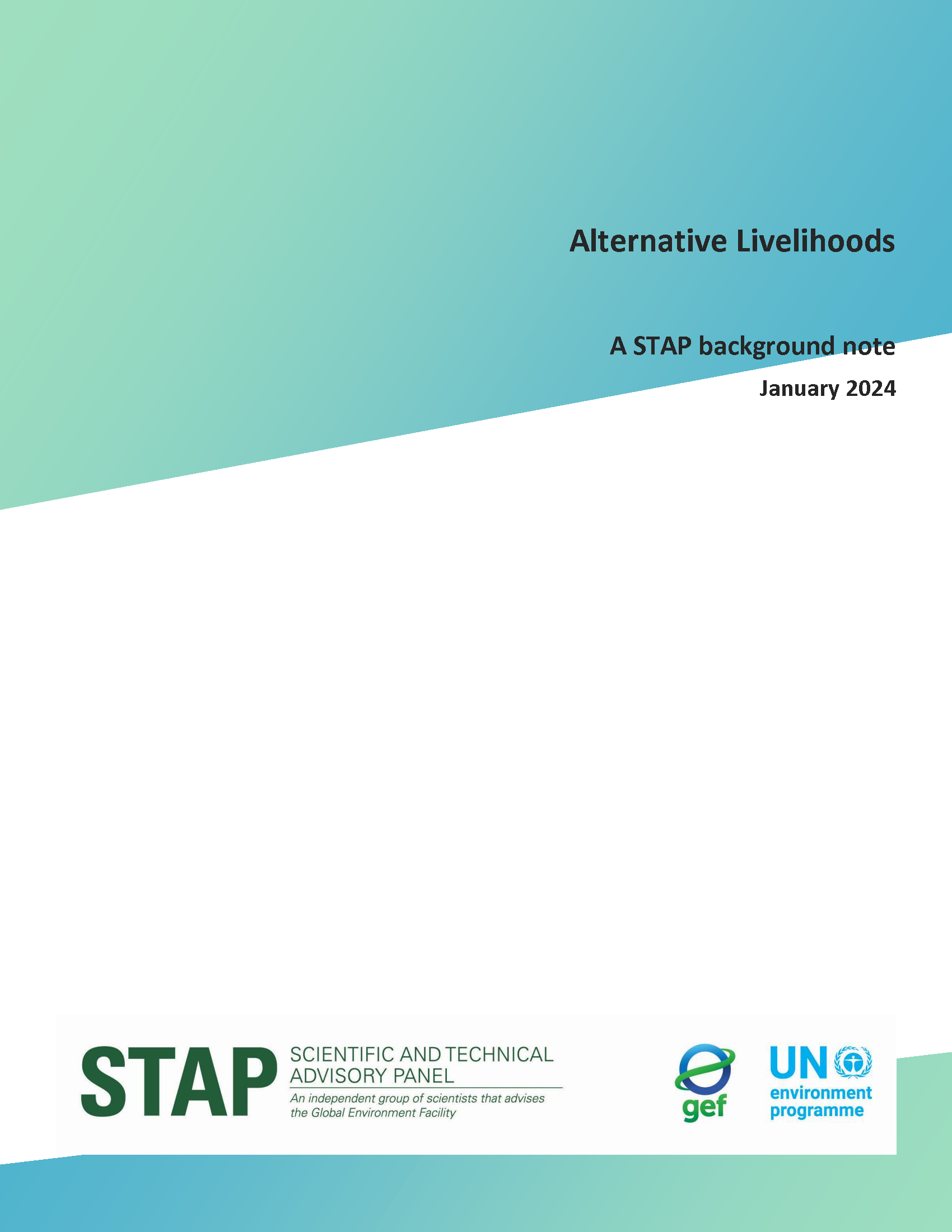
AL approaches have been used in GEF projects mostly to reduce environmental harms associated with livelihood practices or, to a lesser extent, to encourage shifts to livelihoods that are more resilient to climate change. However, research literature suggests that permanent shifts are often difficult to achieve and evidence supporting the effectiveness of this approach is limited.
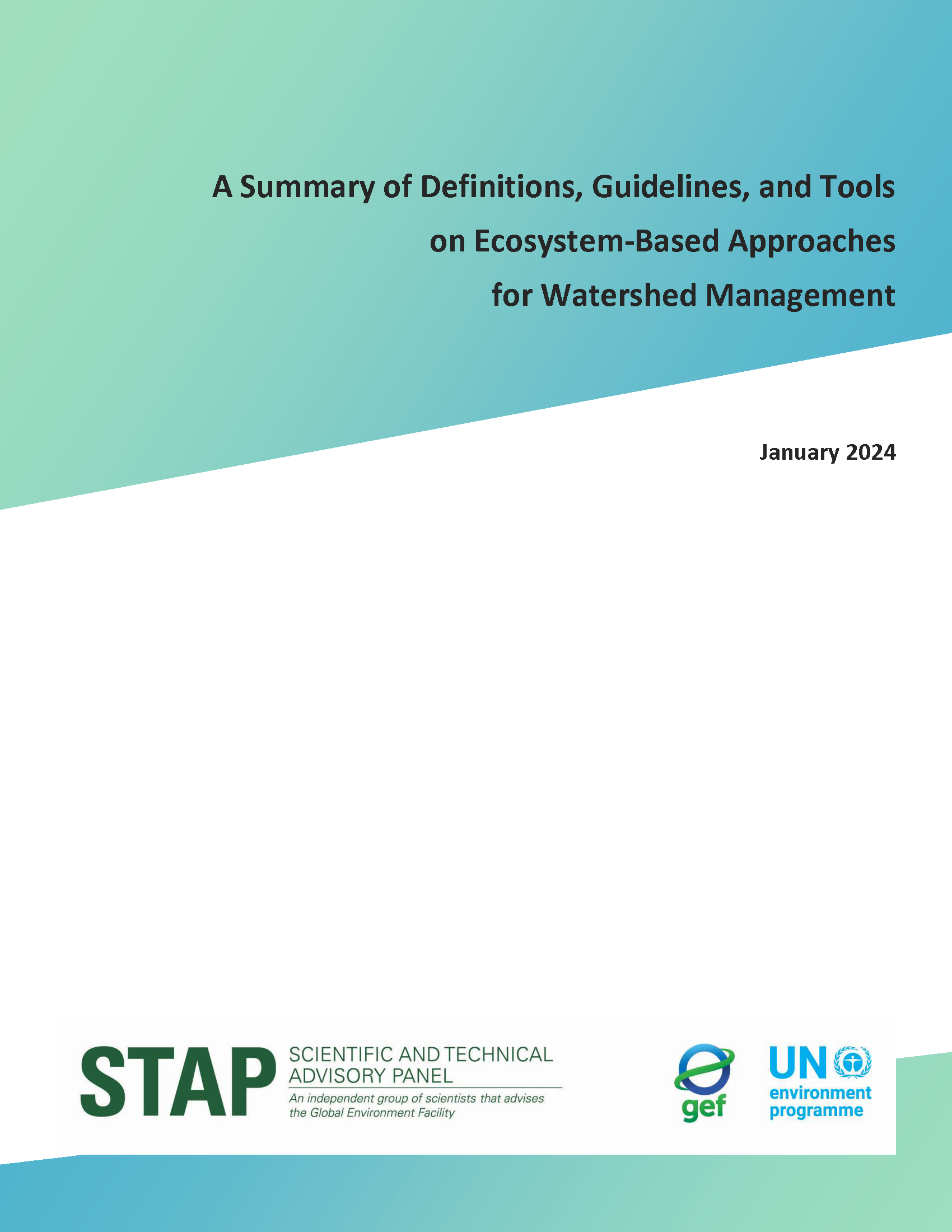
STAP prepared this note summarizing definitions and guidelines on ecosystem-based management to support consistent understanding and implementation of the term. The note responds to a recommendation to STAP by the Independent Evaluation Office of the GEF to provide this summary. At the start, the note summarizes definitions of ecosystem-based approaches and presents brief descriptions of guidelines that could be consulted when designing GEF projects on ecosystem-based management.
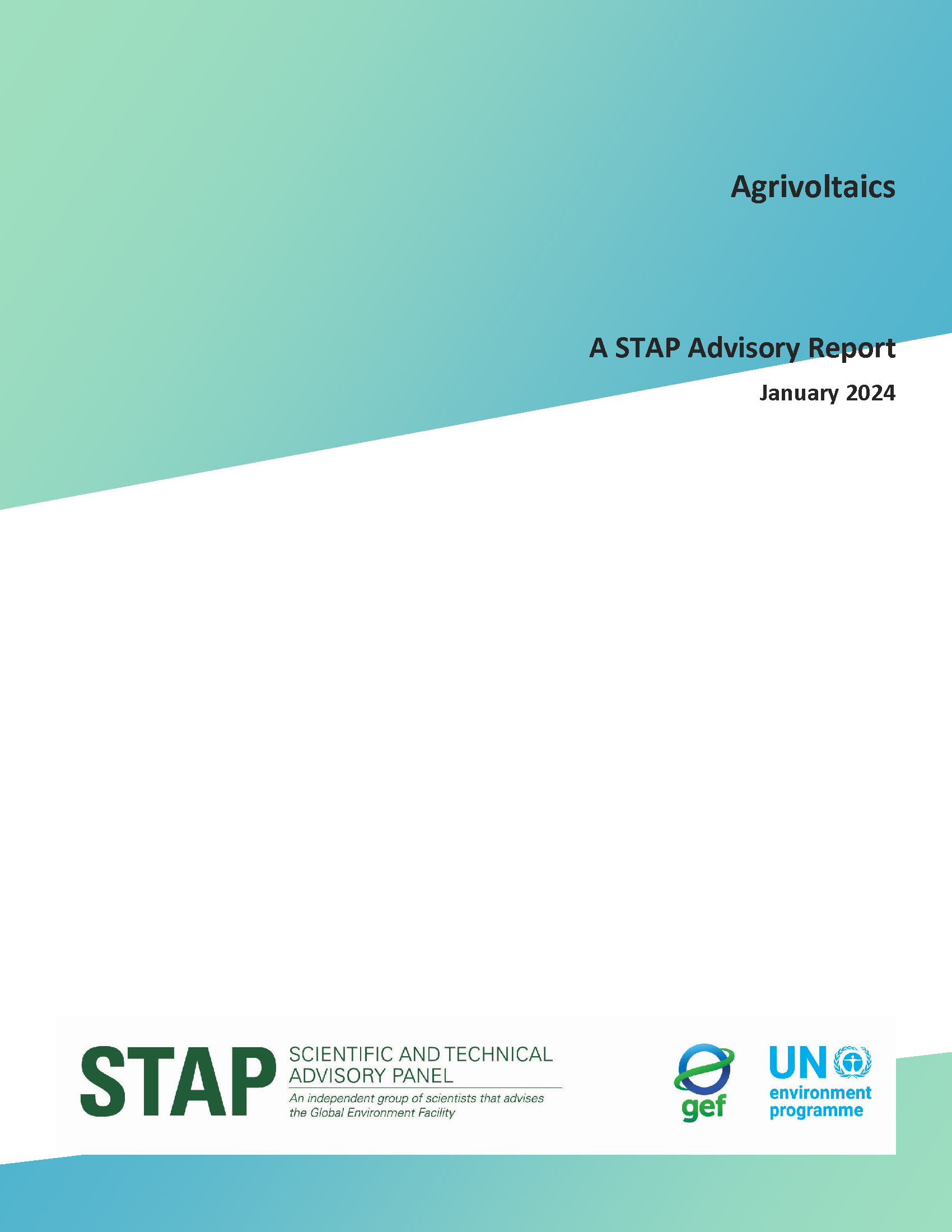
The STAP paper on agrivoltaics (AV) provides background information on an emerging innovative and effective solution for addressing issues of land competition between food and energy. AV is the combining of solar PV systems with agricultural production by using the same area of land for producing solar energy and agricultural products, thereby creating synergies between renewable energy and agricultural production.
Innovation is critical to achieving Global Environment Facility (GEF) objectives. It has been a consistent theme since the inception of the GEF, and the Independent Evaluation Office (IEO) has identified multiple examples of innovation in GEF programming, with increasing emphasis in successive replenishment cycles. Under GEF-8, there is even more need for innovation, particularly innovations to solve systemic challenges and contribute to transformational change.
On 4 May 2023, a STAP/GEF virtual workshop to learn from GEF agencies’ experience with knowledge management and learning (KM&L) platforms developed for the Integrated Approach Pilots (IAPs) and Impact Programs (IPs), and to see how this experience could benefit the development of platforms for the Integrated Programs.
This briefing note builds on STAP’s earlier advice to the GEF on co-benefits. To assist the GEF in developing an options paper for the Council, this paper identifies potential co-benefits that can result from GEF projects, provides a guide for incorporating co-benefits into project design, and suggests ways to track and measure co-benefits using existing indicators drawn from Multilateral Environmental Agreements (MEAs) and the Sustainable Development Goals (SDGs).
Policy coherence matters to the GEF to ensure that global environmental benefits (GEBs) created by its projects are not undermined or negated due to misaligned policies that allow leakage, reduce the durability of GEBs, or even invest in environmentally-damaging behaviors, recognizing that a balance needs to be struck with a country's economic and social objectives.
The STAP brief presents STAP thinking on the use of simple future narratives to design resilient and durable projects. It highlights the importance of considering all drivers of change, such as population, conflict, climate change, and migration, when designing projects. The brief shows that not considering how drivers of change could play out in the future can make project outcomes short-lived, less resilient, or even damaging to the environment and people.
The STAP report to the 7th GEF Assembly was prepared to fulfill STAP’s terms of reference to submit a quadrennial report to the GEF Assembly that considers the state of the science, emerging issues, and gaps, looking ahead to the next replenishment period. The report highlights advances in science related to achieving transformational change, noting the need for GEF-8 and beyond to deliver more, enduring, GEBs, and to do so in ways that lead to systems transformation.
The estimated costs of climate change adaptation in developing countries greatly exceed available public financing and current adaptation action is fragmented and incremental at a time when transformational change is needed. Shifting adaptation practice to achieve transformational impacts and meet growing adaptation needs requires clear adaptation rationales that inform theories of change.
This short note, intended to be read in conjunction with STAP’s recent advisory document entitled Risk Appetite and the GEF, provides a summary of key messages that emerged from consultations with several GEF agencies and external organizations regarding the process of developing a risk appetite statement and framework.
STAP’s screening guidelines, and screening template, have been revised, to bring them into line with the GEF’s new Project Identification Form (PIF).
The revised guidelines comprise 12 questions, which relate directly to what is asked for by the new PIF, and explain what STAP looks for when it screens GEF projects.
Showing 1 - 15 of 56




